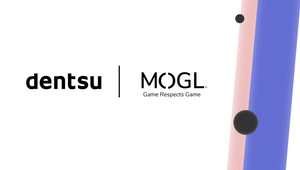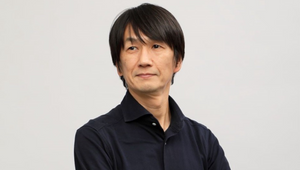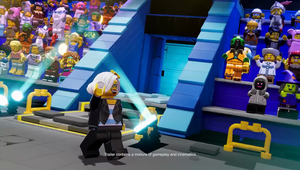
From Pixels to Pop Culture: 'A Minecraft Movie' Sets New Transmedia Benchmarks

‘A Minecraft Movie’ launched to a $301M global box office debut at the weekend, but this isn’t just a big win for the film industry — it’s yet another proof point of gaming’s deep cultural imprint. While stars like Jason Momoa and Jack Black (also the voice of Bowser in The Mario Movie) bring visibility, the real story lies in the fandom that’s been building — and building — for over a decade.
Since its early days in 2009, Minecraft has become more than a game, it’s evolved from an indie sandbox game into a multi-generational phenomenon. Its staying power is unmatched: it holds the title of the best-selling game of all time, with over 300 million copies sold and over 140 million monthly active players. But beyond the numbers, it’s a platform for imagination. Entire generations have grown up not just playing Minecraft, but watching it, modding it, building worlds, stories, and even careers around it.
Creators have been central to that journey. From PewDiePie’s viral revival of Minecraft to the unforgettable legacy of Technoblade, whose in-game mastery and humor touched millions, the game’s cultural relevance has long been community-fueled. The film’s nod to Technoblade is more than an easter egg — it’s a meaningful tribute to the creators who made Minecraft what it is.
Over the years, the game has been referenced in everything from South Park episodes to Lady Gaga music videos (G.U.Y in 2013), and even crossovers into other games like Skyrim – Minecraft has long transcended the boundaries of gaming. Its reach isn’t limited to players — it’s part of pop culture’s fabric. This kind of cultural ubiquity laid the groundwork for the movie’s theatrical success, joining the ranks of The Super Mario Bros. Movie, Sonic the Hedgehog, and The Last of Us as examples of gaming IPs that are not only screen-ready but screen-dominant. The movie is just the latest milestone in Minecraft's long history of driving and reflecting culture.
What sets Minecraft apart, though, is the type of fandom it cultivates — collaborative, imaginative, deeply participatory and, much needed today, overwhelmingly positive. And that’s what makes this moment interesting for brands. We're seeing smart integrations — like McDonald’s with their Minecraft Happy Meal toys, or Poppi Soda launching custom Minecraft cans tied to a $15 Fandango movie ticket reward. These activations work because they meet fans where they are — across physical and digital spaces — and add to the experience rather than interrupt it.
On the Minecraft side, the team launched an in-game live event tied to the film’s release, blurring the lines between screen and play. It’ll be interesting to track the halo effect — do gameplay sessions increase? Do lapsed players return? Do new players join? These are the kinds of ripple effects that only happen when IP is built with intention and love — and then activated at the right moment.
This isn’t just about another successful movie release. It’s a reminder that gaming IPs are among the most powerful cultural engines we have today. When stories are built with fans at the center — and when brands engage in a way that respects the space — the impact multiplies. This is where culture turns into commerce: when fandom becomes fuel for meaningful brand interactions, and IPs move from screen to shelf, screen to store, and ultimately, into hearts and homes. Minecraft shows that when it’s done right, the ROI isn’t just reach — it’s relevance.















